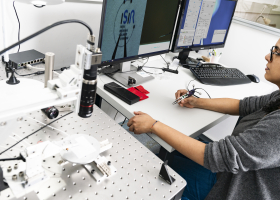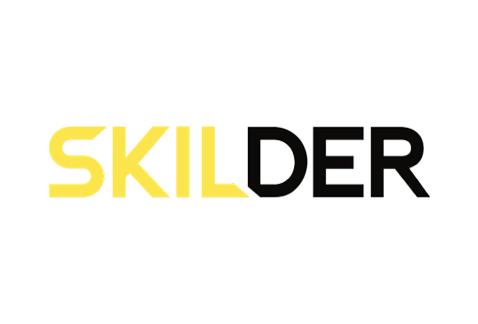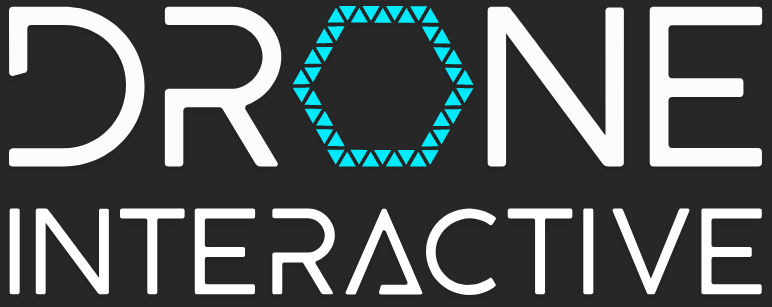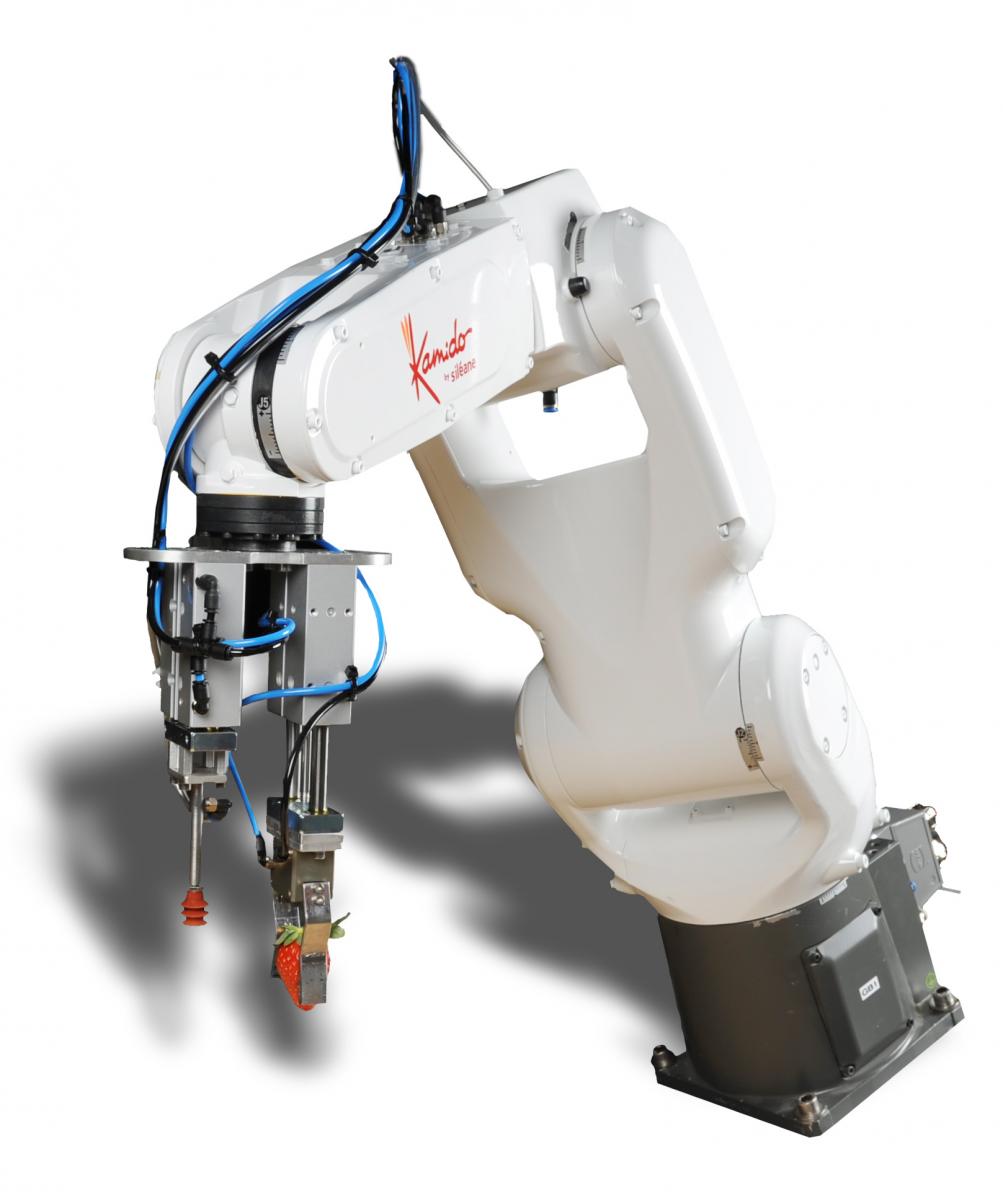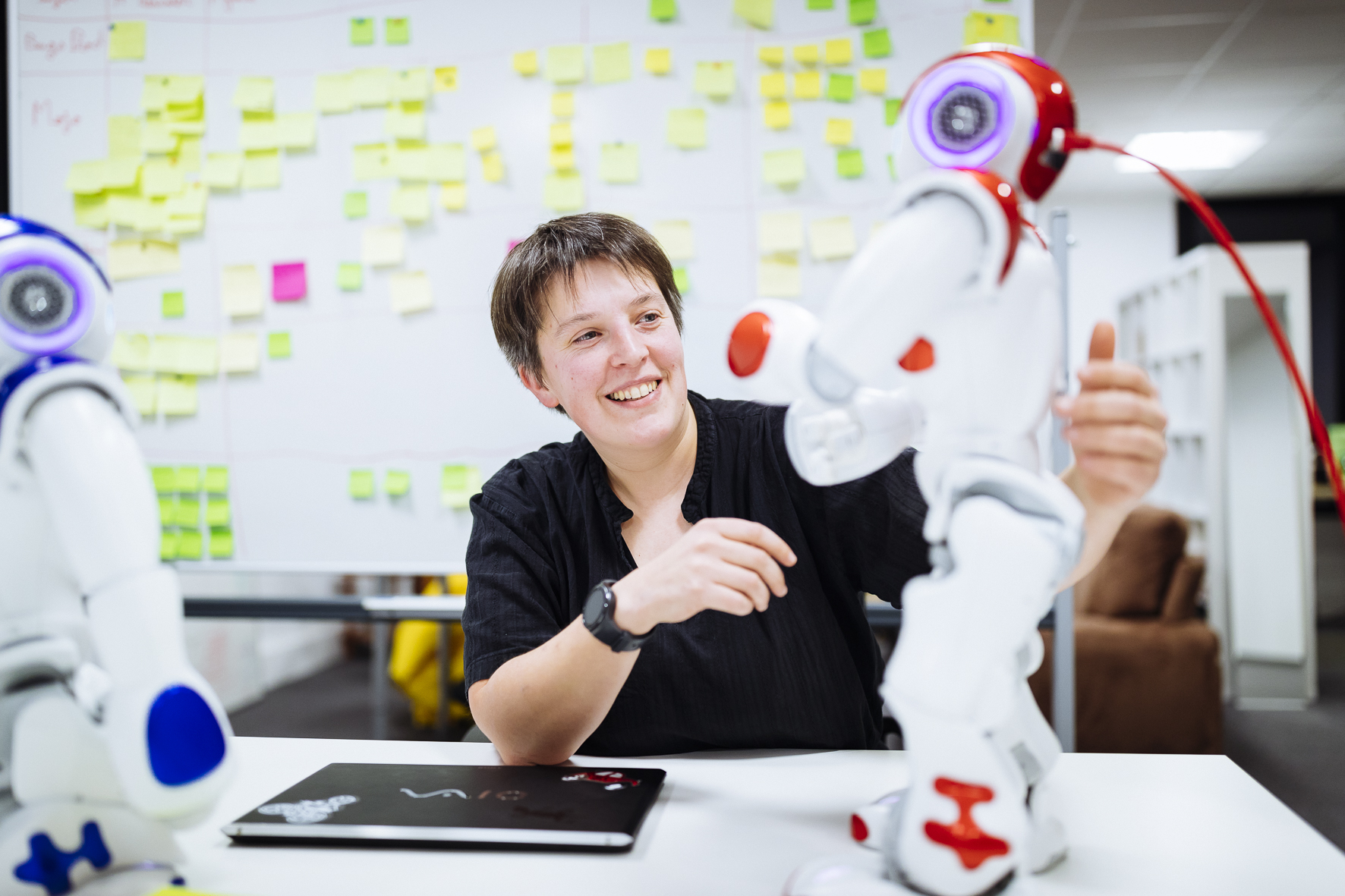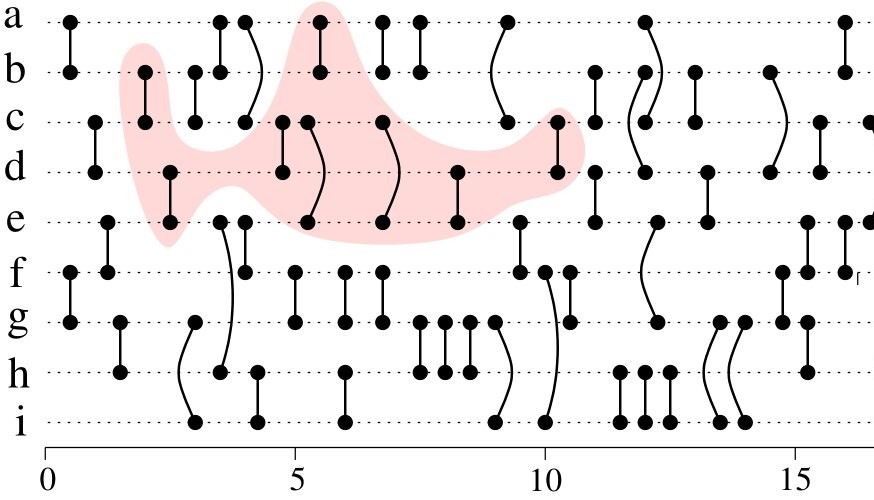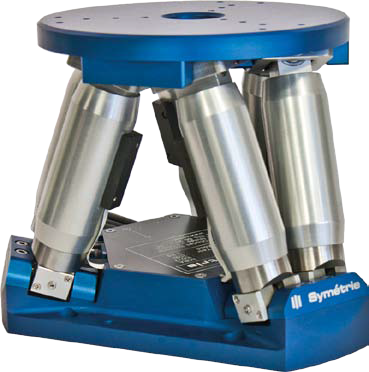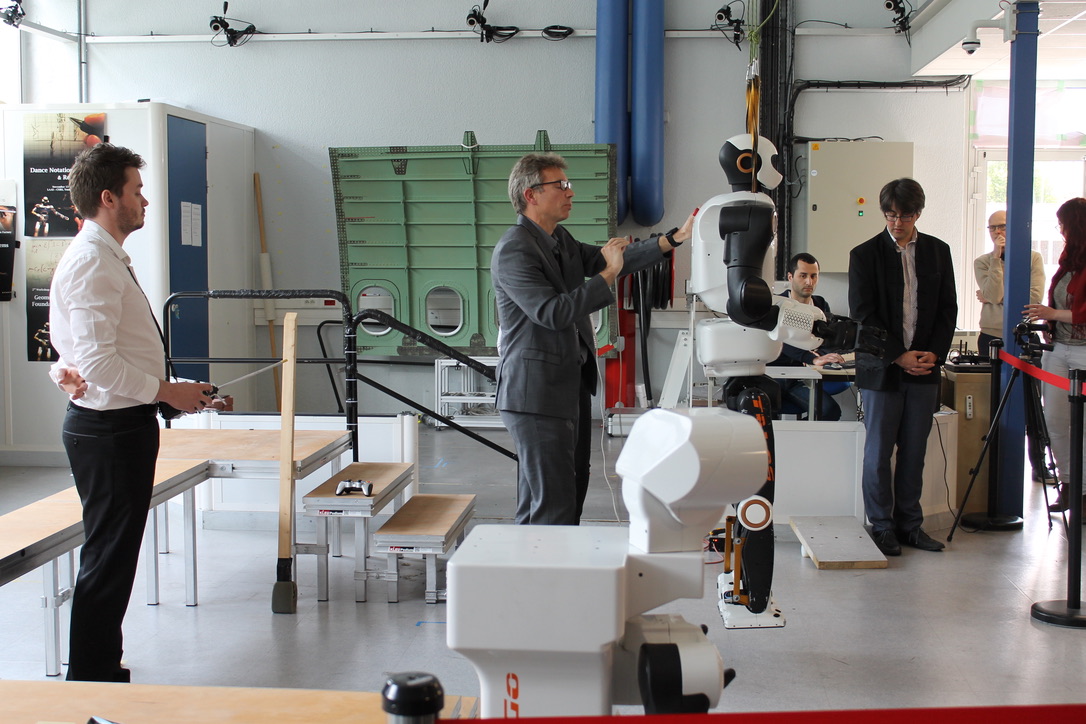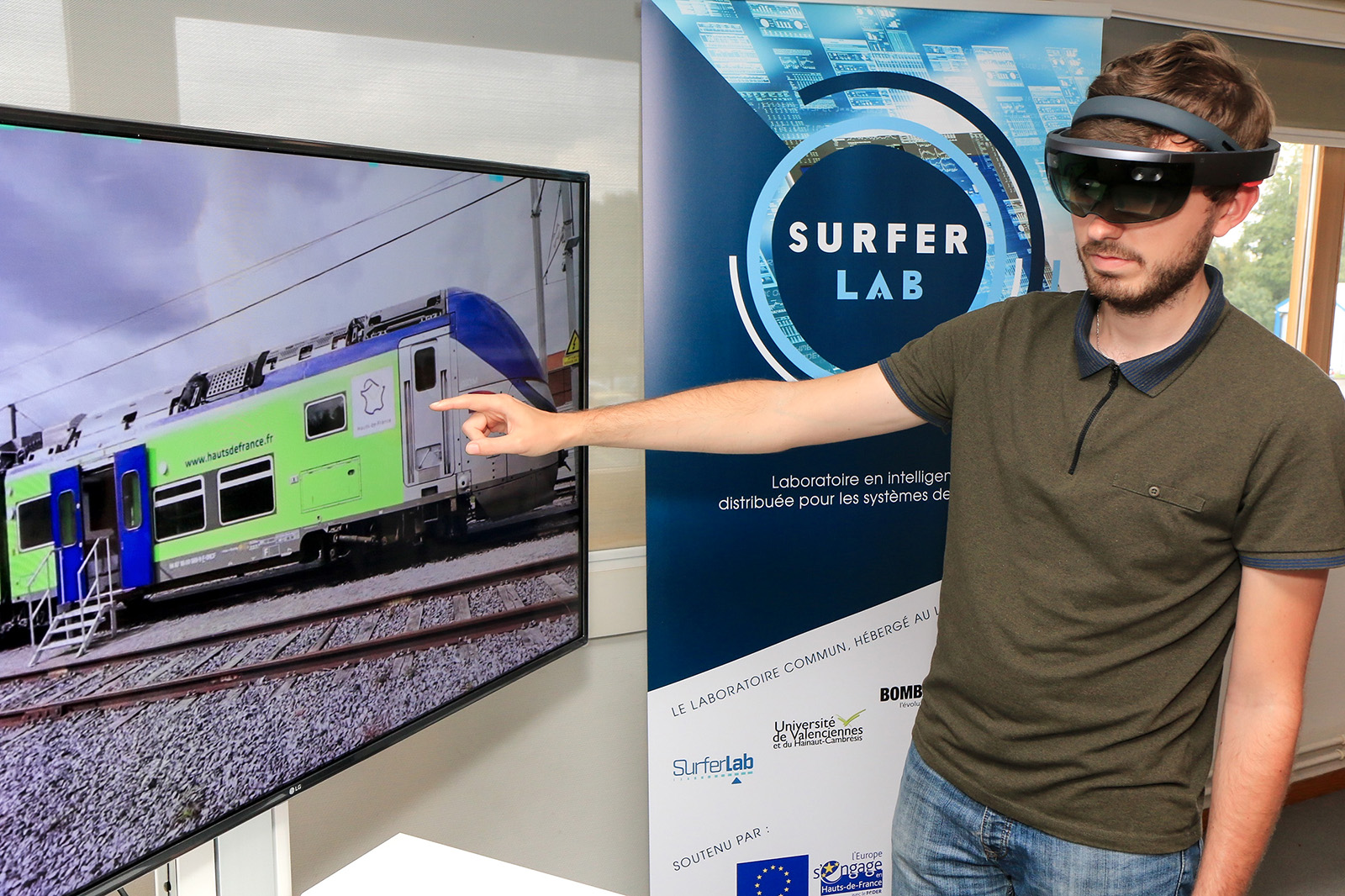
Innovation
CNRS Informatics's partnership and innovation policy follows the orientations defined by the CNRS Innovation Office (DGDI) and particularly focuses on digital technologies. One of the objectives of CNRS Informatics's laboratories' research is to provide the industrial and business spheres with innovative skills, products and services that generate economic value. Innovation is an inherent element of the majority of CNRS Informatics's laboratories. The Institute's policy in this area is reflected by the creation of start-ups and industrial collaboration projects among other achievements. Companies regularly draw on CNRS Informatics researchers' expertise in many cutting-edge sectors. In this way the Institute plays an important role in the CNRS's innovation dynamic thanks to its research units' capacity to generate industrial collaboration projects and produce technologies that drive the creation of start-up companies.

